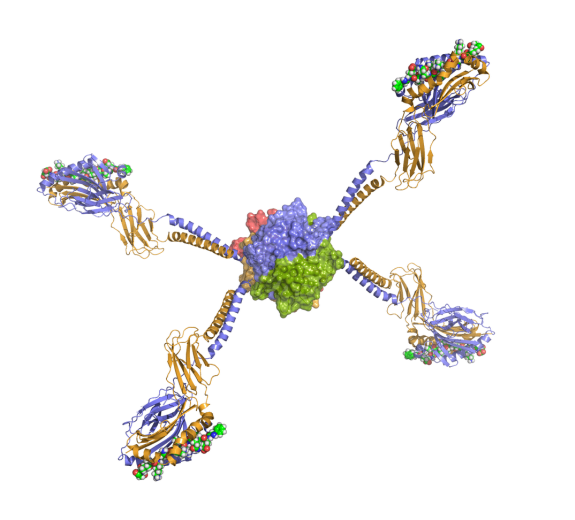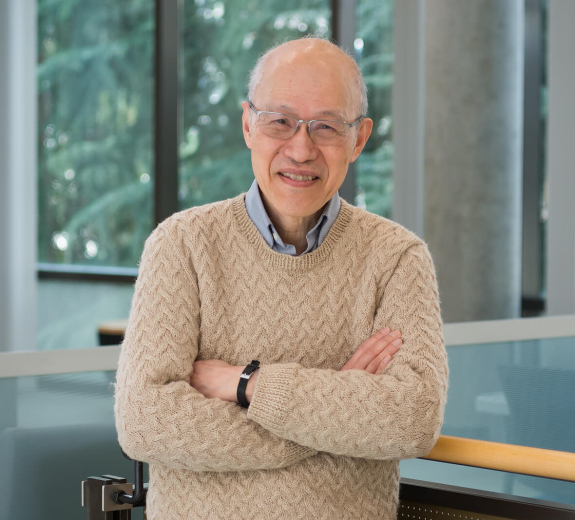“It required a tour de force of molecular engineering. And Bill figured it out,” Dr. Nepom says. “This major breakthrough allowed us to see these cells and study how they trigger immune responses.”
This tool, MHC class II tetramers, first helped Dr. Kwok’s team study rare immune cells in influenza. Then they sorted through millions of immune cells to pinpoint the few involved in autoimmune disease — seeing and studying them for the first time.
“In addition to making significant contributions to the field, Bill is a great teacher,” Dr. Nepom says. “The scientists he’s mentored, like Erik Wambre, PhD, and Eddie James, PhD, have expanded BRI’s work and made important contributions of their own.”
Three decades later, Dr. Kwok is still investigating immune cells, currently examining those that respond to COVID-19 vaccines and that contribute to peanut allergy and T1D. Curiosity still motivates him, and one question in particular keeps him up at night: Why do some people with certain genes get T1D while others with the same genes don’t?
“We have some general ideas but we still need to work out the details of the role HLA genes play in T1D susceptibility,” Dr. Kwok says.




